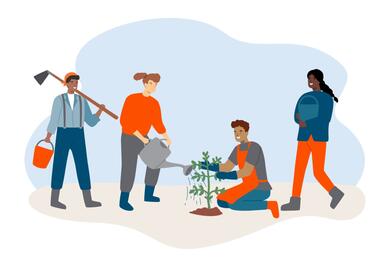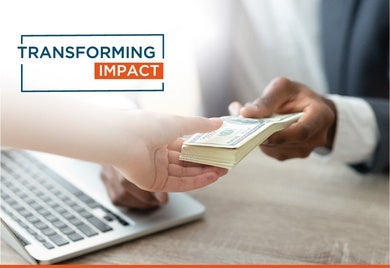
Climate Action Beyond Net Zero Emissions: the Challenge of Adaptation
Climate risks are rising. To limit or avoid climate impacts companies must embed adaptation into their climate strategies and invest in resilience. Adaptation finance and advisory services are key to drive climate resilience in the private sector.

Welcome to the New Hydrogen Economy!
Green hydrogen is the new kid on the block in the renewable energy space. It’s generated through the split of hydrogen from oxygen in water using a renewable source (solar, wind energy or hydropower), causing no emissions from this process.

Regenerative Agriculture Offers Fresh Solutions for Latin America & the Caribbean
Regenerative agriculture aims to catalyze ecological restoration, going beyond sustainable. It comprises holistic management that fosters soil regeneration, increased productivity and biological diversity, animal welfare, as well as farm and community economics. Blended finance resources and advisory services are key to catalyze innovative regenerative business models.

When It Comes to the Climate, 10 Years Is Nothing
The European Union, with its Green Deal underway, has pledged to reduce its emissions of polluting gases by 55% in 2030 to achieve a zero emissions goal in 2050.

Fund Managers, Here’s How to Invest for a Low-Carbon, Climate-Resilient World
Five years ago this week, with the signing of the Paris Agreement, 189 countries made ambitious climate commitments, including to make all finance flows consistent with a low-carbon, climate-resilient world. Now, investors are increasingly focusing on climate change.

Let's Use Financial Engineering for Good, with a New Structured Product
At a time of difficulty, due to COVID-19 and climate change, innovative financial products are needed: for example, one that offers great liquidity and flexibility so that banks in Latin America and the Caribbean can reach social impact and climate commitments.